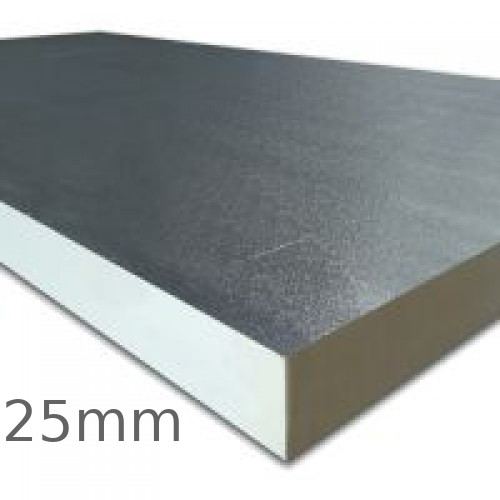All interested parties such as building owners architects builders the fire service insurers risk managers and risk engineers should use it as an authoritative reference.
Polystyrene insulation board fire risk.
Tapered units are also manufactured for use in roofing assemblies where the insulation is used to create slope for positive drainage.
Like practically all organic building materials polystyrene foam is combustible.
The insulation board is glued or fastened to the underlying substrate such as plywood sheet metal brick or stone and the base and finish coats applied.
It provides an overview of the facts on fire safe constructions using eps building products.
When installed correctly expanded polystyrene products do not present an undue fire hazard.
Polystyrene insulation is manufactured in a variety of board sizes usually a minimum of 1 inch thick.
The behaviour and performance of a building insulation material in relation to potential fire hazards depend firstly on the chemical and nature of the material but also on its condition at installation and its specific application.
The external fire exposure of a warm roof is tested to the standards described above but the onus is usually on the waterproofing manufacturer to comment on fire performance.
However in practice its burning behavior depends on the conditions under which it is used as well as the inherent properties of the material.
While each eifs differs in design they typically consist of a polystyrene based insulation board a cementitious base coat reinforced by glass fiber mesh and an acrylic based finish coat.









